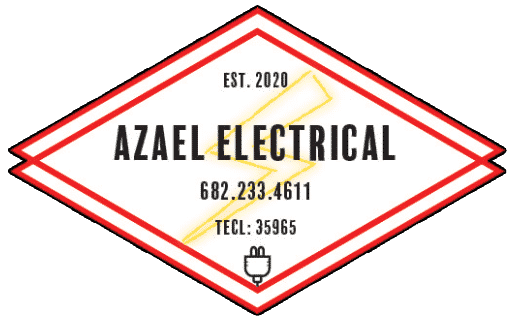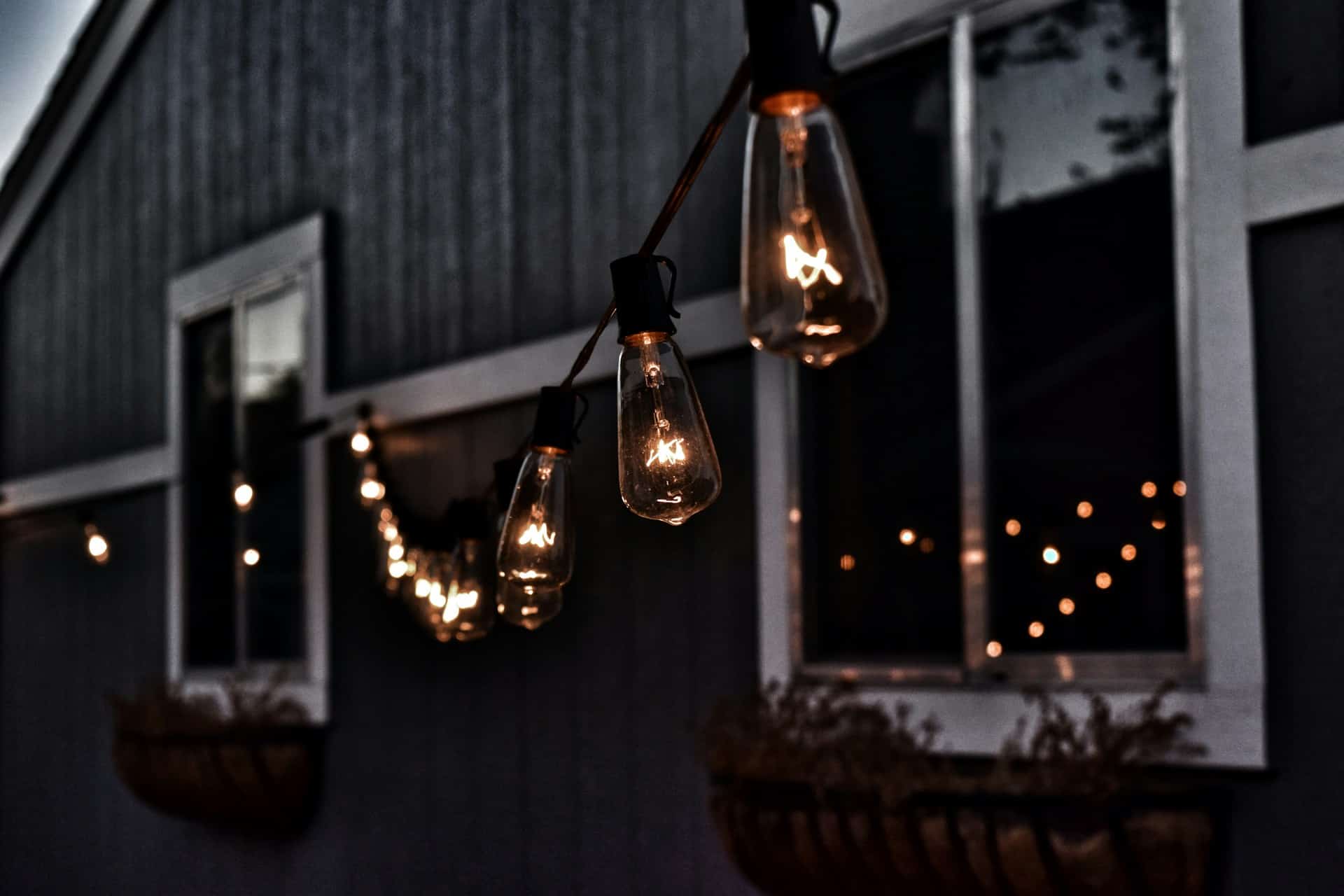Outdoor lighting can transform the look and feel of your home’s exterior, providing both aesthetic appeal and essential security. Whether you want to highlight your garden, illuminate your pathways, or add a decorative touch, installing outdoor lighting is a great way to enhance your outdoor space. However, getting started with outdoor lighting installation can seem overwhelming, especially for beginners.
Choosing the right lights and planning the layout are crucial first steps. You need to think about the types of lights available and which ones are best suited for different areas of your yard. Then there’s the actual installation process, which requires careful planning and safety precautions. Once your lights are in place, you’ll also need to know how to maintain them and troubleshoot common issues.
In this guide, we’ll walk you through the essentials of outdoor lighting installation. From selecting the right lights to planning your layout and ensuring a safe installation, we cover everything you need to know. By the end of this guide, you’ll have the knowledge and confidence to enhance your home’s exterior lighting effectively.
Choosing the Right Outdoor Lighting
Types of Outdoor Lights and Their Uses
Different types of outdoor lights serve various purposes around your home. Here are some common types and their uses:
- Path Lights: These lights are used to illuminate walkways and driveways, ensuring safe passage and adding a decorative touch.
- Floodlights: Ideal for security, floodlights cast a broad beam of light over a large area, deterring intruders and providing visibility in dark corners.
- Spotlights: These focus on specific features, such as trees, statues, or architectural details, creating dramatic effects.
- String Lights: Perfect for patios or deck areas, string lights create a festive atmosphere and can be used for parties and gatherings.
- Wall Lights: Mounted on walls, these lights highlight the structure of your home and provide general illumination for your exterior spaces.
Choosing the right type of light depends on the area you want to illuminate and the effect you desire.
Factors to Consider When Selecting Lights
When choosing outdoor lighting, consider several factors to ensure you make the best choice:
- Purpose: Determine the primary purpose of the lights—whether for safety, aesthetics, or both.
- Brightness: Select lights with appropriate brightness levels. Too bright can be harsh, while dim lights may not provide enough illumination.
- Energy Efficiency: Opt for LED lights, which are energy-efficient and have a longer lifespan compared to traditional bulbs.
- Weather Resistance: Ensure the lights you select are rated for outdoor use and can withstand various weather conditions.
- Style and Design: Choose lights that complement the architectural style of your home and enhance its visual appeal.
By considering these factors, you can select outdoor lighting that meets your functional and aesthetic needs.
Planning Your Outdoor Lighting Layout
Designing for Functionality and Aesthetics
A well-planned lighting layout balances functionality and aesthetics. Start by defining what you want to achieve with your outdoor lighting. Do you need to light paths for safety, highlight landscape features, or create a cozy atmosphere on your patio? Once you know your goals, draw a basic layout of your outdoor space and mark the areas you want to illuminate.
Consider how the lighting will look from different angles and ensure it doesn’t create glare or overly bright spots. Use a combination of light types to create layers of lighting, which adds depth and dimension to your outdoor space. Mix and match path lights, floodlights, and spotlights to achieve a balanced look that is both functional and visually pleasing.
Important Zones to Illuminate
Certain areas around your home are more essential to light than others for safety and usability. Here are the key zones to focus on:
- Entryways: Light up front and back doors to ensure safe entry and exit, and to deter potential intruders.
- Pathways and Walkways: Illuminate these areas to prevent trips and falls, making navigation easier during the night.
- Driveways: Proper lighting helps you safely park and drive, while also highlighting your vehicle’s path.
- Decks and Patios: Enhance these gathering spots with ambient lighting to create a welcoming environment for social activities.
- Gardens and Landscaping: Show off beautiful plants and features with spotlights or accent lights to enjoy your garden even after dark.
By focusing on these important zones, you can create an outdoor lighting layout that enhances safety and elevates your home’s visual appeal.
Installation Process and Safety Tips
Step-by-Step Guide to Installing Outdoor Lights
Installing outdoor lights can be a straightforward process if you follow these steps:
- Plan Your Installation: Start by mapping out where you want to install the lights. Use your outdoor lighting layout as a guide.
- Gather Materials: Ensure you have all the necessary tools and materials, such as lights, wiring, screws, and a drill.
- Turn Off Power: Safety first! Turn off the power to the area where you’ll be working to avoid electrical hazards.
- Install Mounting Fixtures: Secure the mounting brackets or fixtures where your lights will be placed. Make sure they are level and sturdy.
- Run and Connect Wires: Run the wiring from your power source to the fixtures. Connect the wires securely, following the manufacturer’s instructions.
- Secure the Lights: Attach the lights to the mounting fixtures. Ensure they are firmly in place and positioned correctly.
- Test the Lights: Turn the power back on and test each light to ensure they are working properly.
By following these steps, you can ensure a smooth and safe installation process.
Essential Safety Precautions
Keeping safety in mind is crucial when installing outdoor lighting. Here are some essential safety precautions to follow:
- Turn Off Power: Always turn off the power at the circuit breaker before starting any electrical work.
- Use Weather-Resistant Materials: Ensure all lights, fixtures, and wiring are rated for outdoor use to withstand weather conditions.
- Avoid Overloading Circuits: Be mindful of the electrical load and avoid overloading circuits to prevent overheating and potential fire hazards.
- Follow Manufacturer Instructions: Always read and follow the instructions provided with your lighting fixtures for proper installation and safety.
- Use GFCI Outlets: Install Ground Fault Circuit Interrupter (GFCI) outlets for added safety against electrical shocks.
- Get Professional Help: If you are unsure about any part of the installation, contact a licensed electrician to help ensure everything is done correctly.
Following these safety tips will help ensure your outdoor lighting system is installed safely and effectively.
Maintaining and Troubleshooting Your Outdoor Lighting
Routine Maintenance Practices
Proper maintenance enhances the longevity and performance of your outdoor lighting system. Here are some routine maintenance practices to follow:
- Clean Fixtures Regularly: Dust and dirt can accumulate on the light fixtures, reducing their brightness. Clean them regularly to maintain optimal lighting.
- Check for Damaged Parts: Inspect the fixtures and wiring periodically for any signs of damage. Replace any broken parts promptly to ensure safety.
- Adjust Light Positions: Over time, fixtures can shift. Adjust the position of the lights as needed to maintain the desired illumination.
- Replace Bulbs: Replace burnt-out bulbs immediately to keep the lighting system functional and effective.
- Trim Plants: Ensure that plants and trees don’t obstruct the lights. Trim foliage regularly to allow the lights to shine through clearly.
By following these maintenance practices, you can keep your outdoor lighting system in top condition.
Common Issues and How to Fix Them
Even with proper maintenance, you might encounter some common issues. Here are a few problems and their solutions:
- Lights Not Turning On: Check the power source and ensure that the circuit breaker hasn’t tripped. Also, inspect the bulbs and replace them if necessary.
- Flickering Lights: This could be due to loose wiring or a faulty bulb. Tighten the connections and replace any defective bulbs.
- Dim Lights: Clean the fixtures and lenses to ensure maximum light output. Check the wattage of the bulbs and replace them with the correct wattage if needed.
- Short Circuits: Inspect the wiring for any signs of wear or damage. Replace or repair the damaged wires immediately for safety.
Addressing these common issues promptly can keep your outdoor lighting system running smoothly.
Conclusion
Outdoor lighting installation can significantly improve the look and safety of your home’s exterior. By choosing the right lights, planning an effective layout, and following proper installation steps, you can create a welcoming environment. Regular maintenance and prompt troubleshooting will ensure that your lighting system remains effective and long-lasting.
If you’re ready to enhance your home’s outdoor lighting or need professional assistance, contact Azael Electrical. Our experienced lighting electrician is here to help you with all your electrical and lighting needs. Let us brighten your outdoor spaces safely and beautifully.

